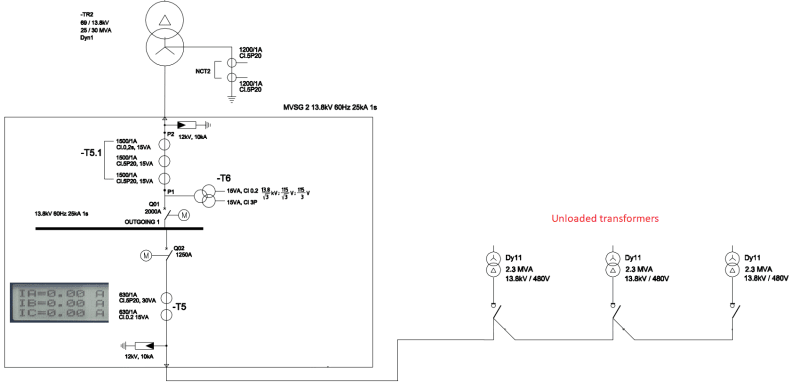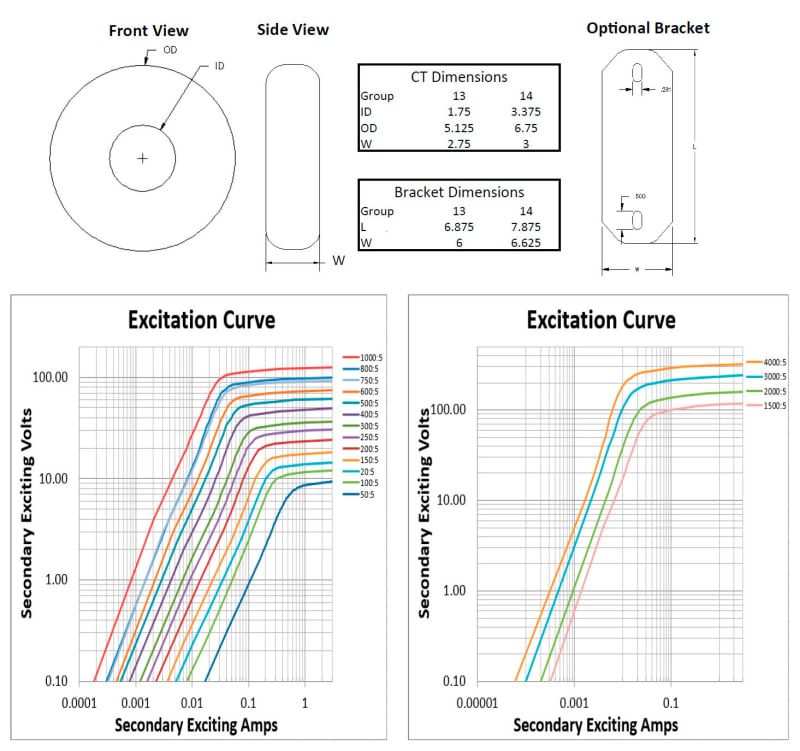chao_david
Electrical
Here's the SLD for reference:

Before the three pad-mounted transformers were energized, contractor performed secondary injection on T5 CT to check accuracy of meters. All results are good.
After energizing the high side of the transformers, there is no reading on the meter. I was expecting some no-load current reading but all phases are zero Amps.
1. I've checked the LBS on the transformer and nothing is isolated
2. Fuses are intact
3. Ratio settings are correct
What else could it be?

Before the three pad-mounted transformers were energized, contractor performed secondary injection on T5 CT to check accuracy of meters. All results are good.
After energizing the high side of the transformers, there is no reading on the meter. I was expecting some no-load current reading but all phases are zero Amps.
1. I've checked the LBS on the transformer and nothing is isolated
2. Fuses are intact
3. Ratio settings are correct
What else could it be?

